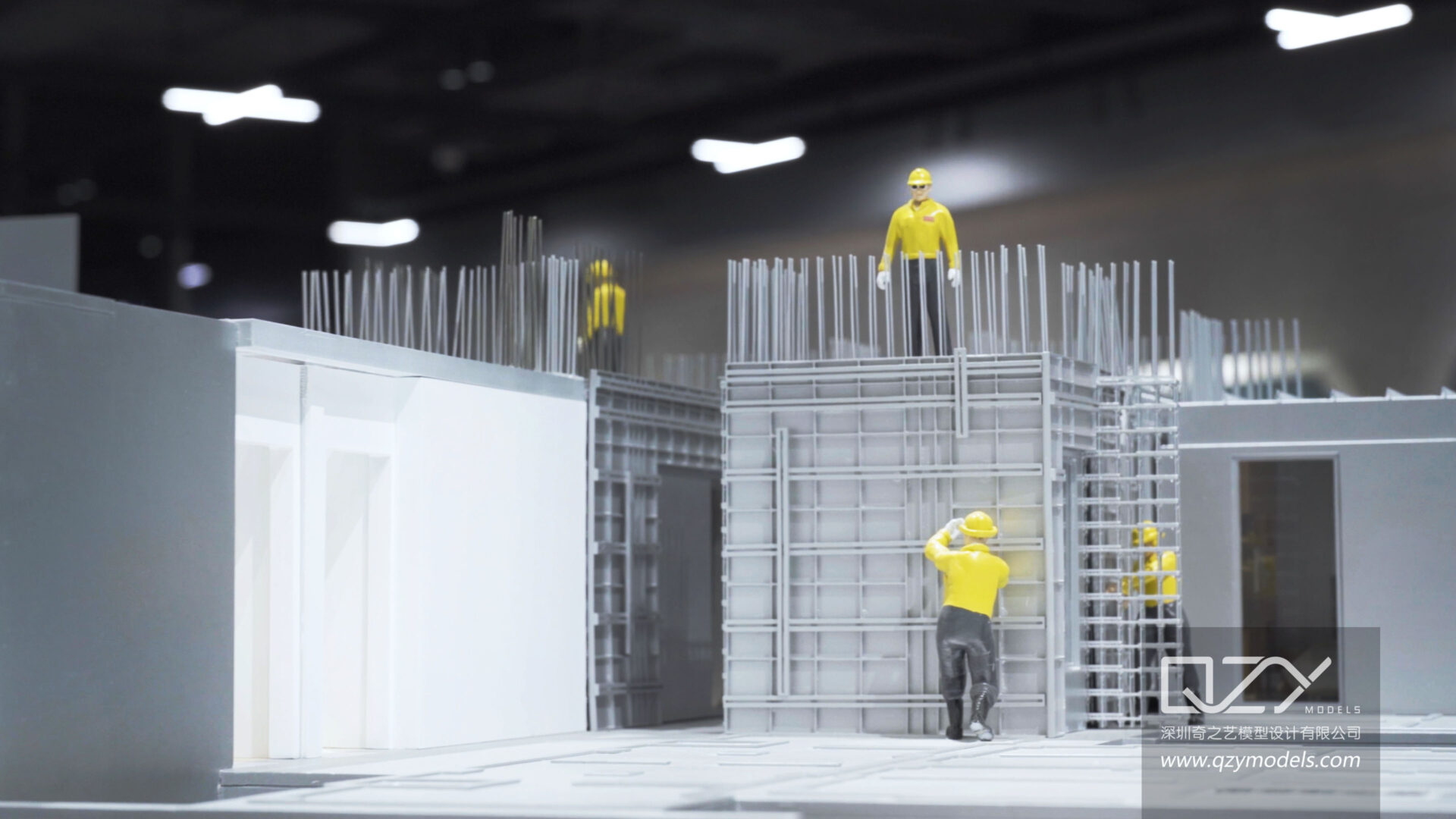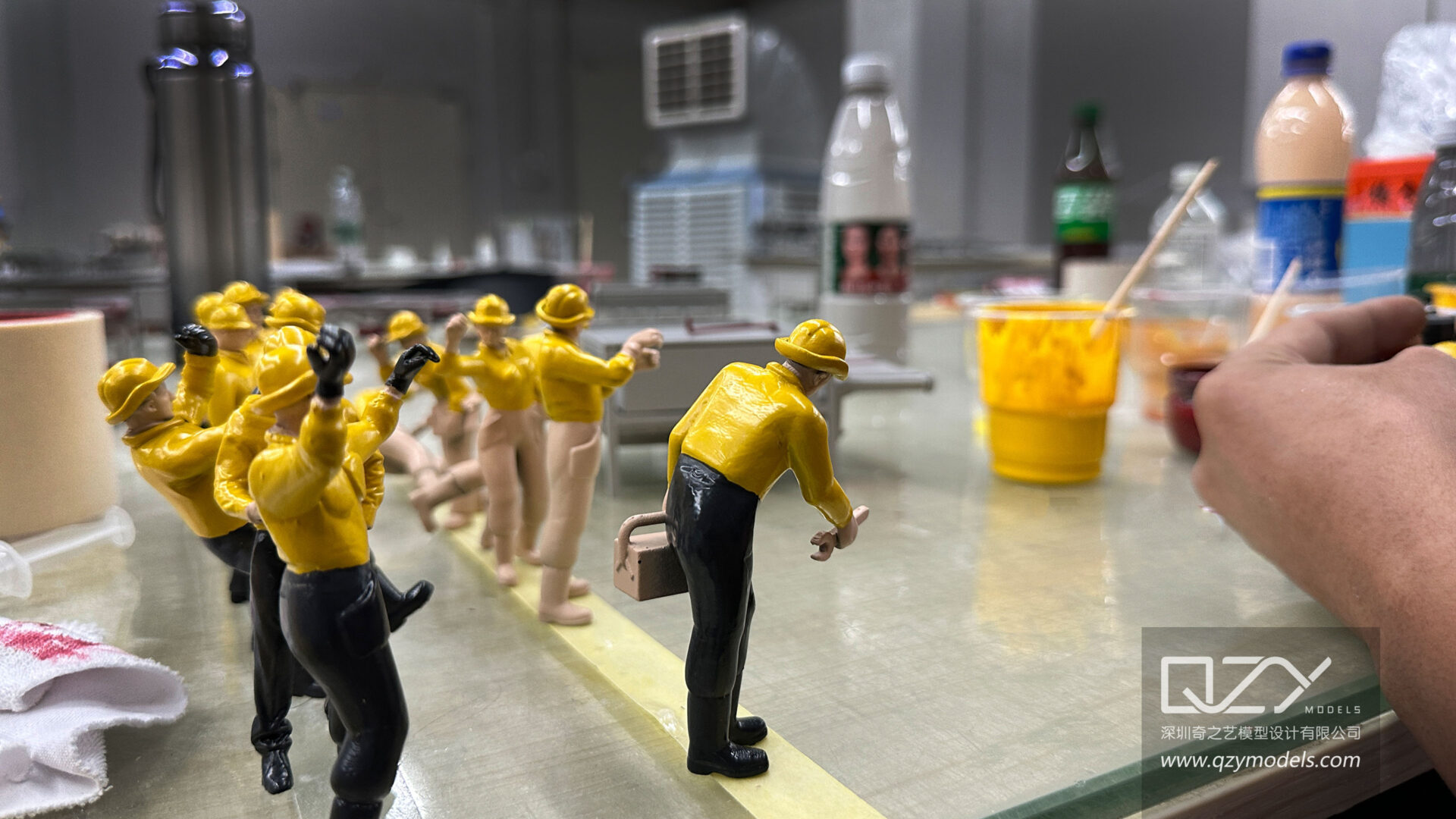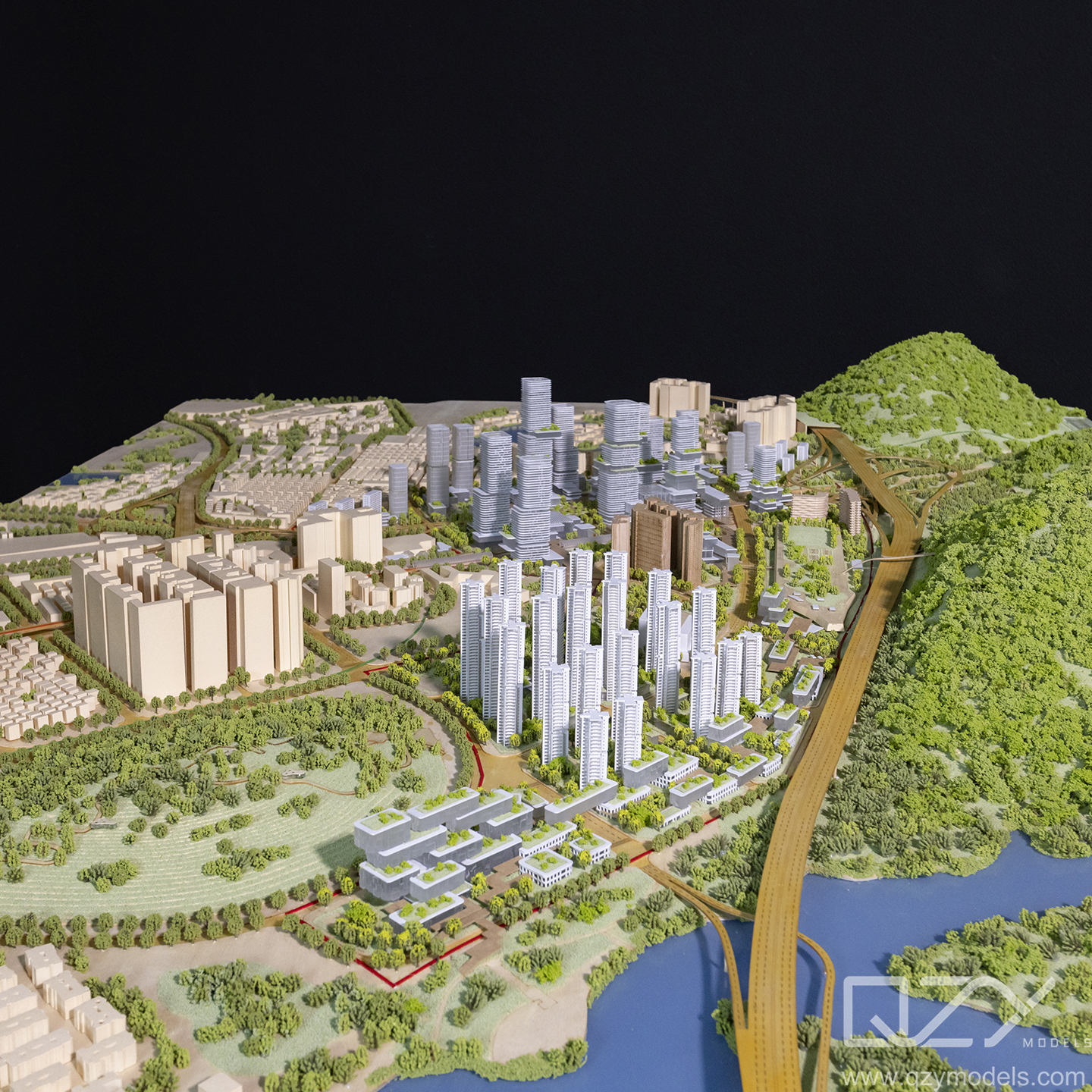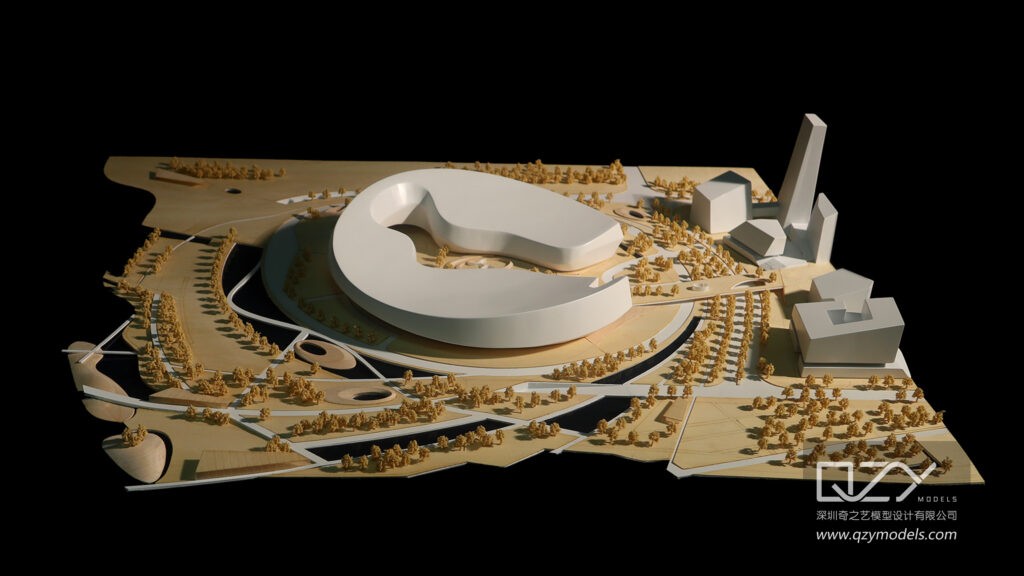Step into the enchanting realm of precision model craft, where creativity meets meticulous detail. This article invites you on a captivating journey into the artistry of crafting miniature scene character models. From the delicate dance between scale and accuracy to the diverse array of characters and the techniques that bring them to life, explore how these tiny wonders become storytellers in a world of miniature scenes.
I. Exploring the Diversity of Miniature Scene Character Models
A. Fantasy Characters:
Precision model craft finds expression in the whimsical world of fantasy characters. Artists replicate the intricate details of magical beings, fantastical creatures, and otherworldly personas, creating captivating miniature scenes that transport viewers to imaginary realms.
B. Historical Figures:
In the world of precision model craft, historical figures find a charming counterpart. This section explores how artisans channel the spirit of the past into tiny, meticulously crafted characters, capturing the essence of historical personalities with precision in miniature form.
C. Everyday Personalities:
From ordinary people to beloved fictional characters, precision model craft explores the world of everyday personalities with meticulous precision. This section showcases how these miniature characters become relatable storytellers in meticulously crafted scenes, portraying slices of life in captivating detail.
II. Techniques in Precision Model Craft for Miniature Scene Character Models
A. Sculpting and Molding:
This section delves into the heart of precision model craft—the art of sculpting and molding characters. Artisans use their hands and sculpting tools with precision to shape each element, paying close attention to proportions and details. Molding techniques ensure consistency in replicating multiple characters with the utmost precision.
B. Painting and Finishing:
The artistry of precision model craft extends to painting and finishing, where artists meticulously add colors and textures to characters to mimic the nuanced shades of real personalities. This section explores how finishing touches enhance the realism of miniature characters and scenes with precision.
C. Additional Elements:
To achieve depth and realism in miniature scenes, artists often incorporate additional elements. This section details how props, scenery, and tiny accessories complement characters, contributing to the immersive storytelling experience in precision model craft.
III. Applications of Precision Model Craft for Miniature Scene Character Models
Character models play a versatile role in the realms of sense models, architectural models, and interior models, contributing to the narrative, scale, and visual appeal of these representations.
A. Sense Models:
·Narrative Enhancement:
In sense models, which aim to evoke emotions and convey a specific atmosphere, character models bring life and relatability to the scene. Whether depicting a bustling urban environment or a serene natural landscape, the inclusion of characters adds a human element, allowing viewers to connect with and understand the intended mood or story.
·Scale Representation:
Character models serve as key elements for providing scale in sense models. They help viewers grasp the proportion and size of the depicted environment, making the scene more tangible and relatable. Whether it’s a cityscape, park, or recreational area, characters establish a sense of perspective.
·Cultural Context:
In sense models representing specific cultural or historical contexts, character models dressed in period attire or engaged in culturally relevant activities enhance the authenticity of the scene. They contribute to the narrative by embodying the spirit and lifestyle of the depicted era.
B. Architectural Models:
·Human Scale and Interaction:
Character models are invaluable in architectural models to illustrate the human scale within built environments. Placing characters in various spaces, such as lobbies, courtyards, or streets, helps architects and viewers understand how people might interact with and move through the designed structures.
·Functionality Representation:
Characters engaged in activities like working, socializing, or leisure activities within architectural models provide insight into the functionality of the space. This allows architects and clients to visualize how the designed structures accommodate daily activities and contribute to the overall user experience.
·User-Centered Design:
Including character models in architectural representations supports a user-centered design approach. Architects can assess the practical aspects of their designs by considering how individuals navigate and utilize spaces, contributing to the refinement and optimization of the architectural concept.
C. Interior Models:
·Design Visualization:
In interior models, character models assist in visualizing the intended use of spaces. For example, a character reading a book in a cozy corner or a family gathered around a dining table provides a realistic depiction of how the interior might be experienced.
·Furniture and Layout Evaluation:
Placing character models within interior models helps evaluate furniture placement and spatial arrangements. Designers can assess the flow of movement, potential traffic areas, and the overall functionality of the interior space by observing how characters interact with the environment.
·Aesthetic and Atmosphere:
Character models contribute to the aesthetic and atmosphere of interior models. Whether aiming for a modern, minimalist vibe or a warm, inviting ambiance, the characters’ poses, expressions, and activities convey the intended mood and style of the designed interior.

In the precise world of precision model craft, creativity intertwines with storytelling to produce captivating works of art. From the meticulous craftsmanship of characters to the diverse array of personalities and scenes, these tiny wonders offer a unique lens through which to appreciate the artistry of miniature storytelling. As artists and enthusiasts continue to cultivate this creative niche, precisely crafted miniature scene character models stand as testaments to the boundless possibilities that arise when art, imagination, and storytelling converge in delightful miniature tableaus. Whether adorning shelves, serving as educational tools, or inspiring the next generation of hobbyists, these precisely crafted miniature scene character models cultivate a sense of wonder and appreciation for the intricate narratives within the world of precision model craft.
Discovering the World Through Miniatures – About Us
QZY Models, founded in 2013 in Shenzhen, China, is a leading professional team specializing in the design and production of customized physical models. Rooted in the architecture industry, QZY Models caters to diverse model production needs, ranging from furniture, interior design, architectural landscape, to urban planning. Moreover, we are continuously exploring various fields, including dynamic mechanical models, industrial equipment displays, scientific and technological principle displays, and exhibition displays, to create a diverse model service ecosystem.
Since commencing our independent business in 2013 and establishing our base in Shenzhen, ensuring quality has always remained our top priority. We have forged strong collaborations with renowned companies in over ten countries, such as the United Kingdom, the United States, Canada, and Singapore. Our completed projects span across China, the United Arab Emirates, Saudi Arabia, Egypt, Poland, Morocco, Ethiopia, and other countries. Presently, QZY Models has established branches or offices in Egypt, Morocco, Saudi Arabia, Lebanon, Italy, the Netherlands, and other locations, firmly committed to serving global customers.
For more information, please visit our official website: www.qzymodels.com











